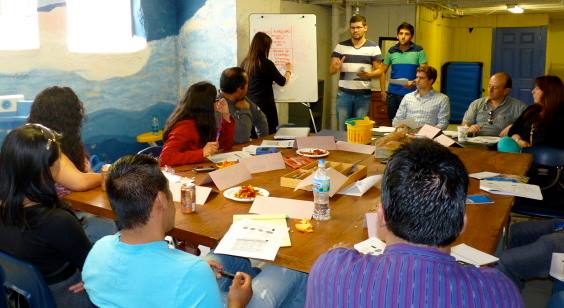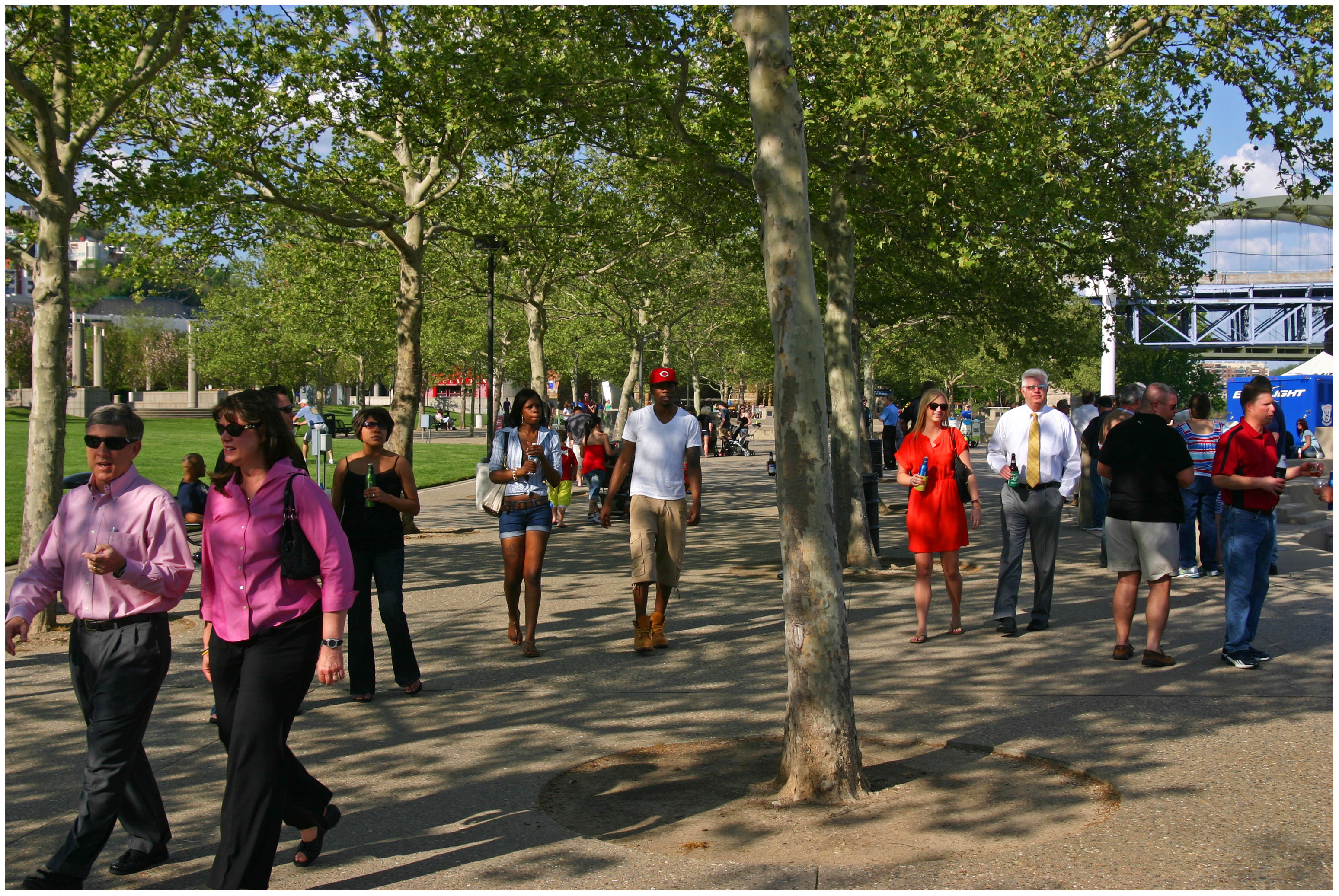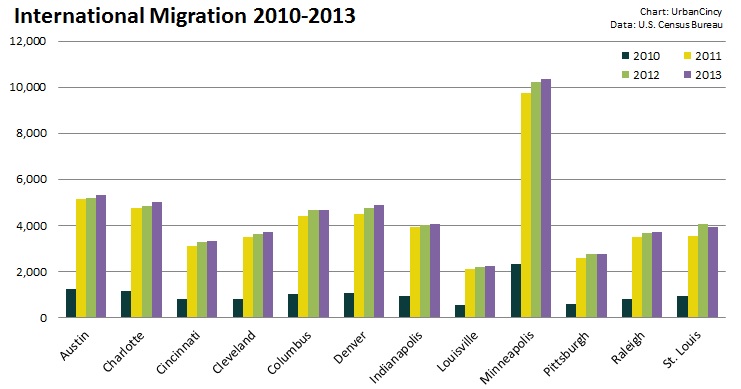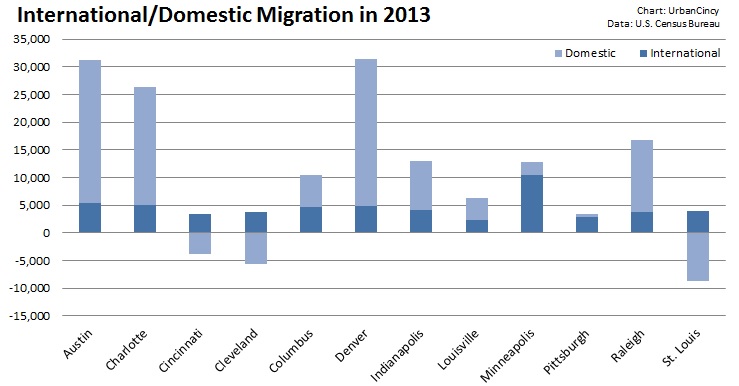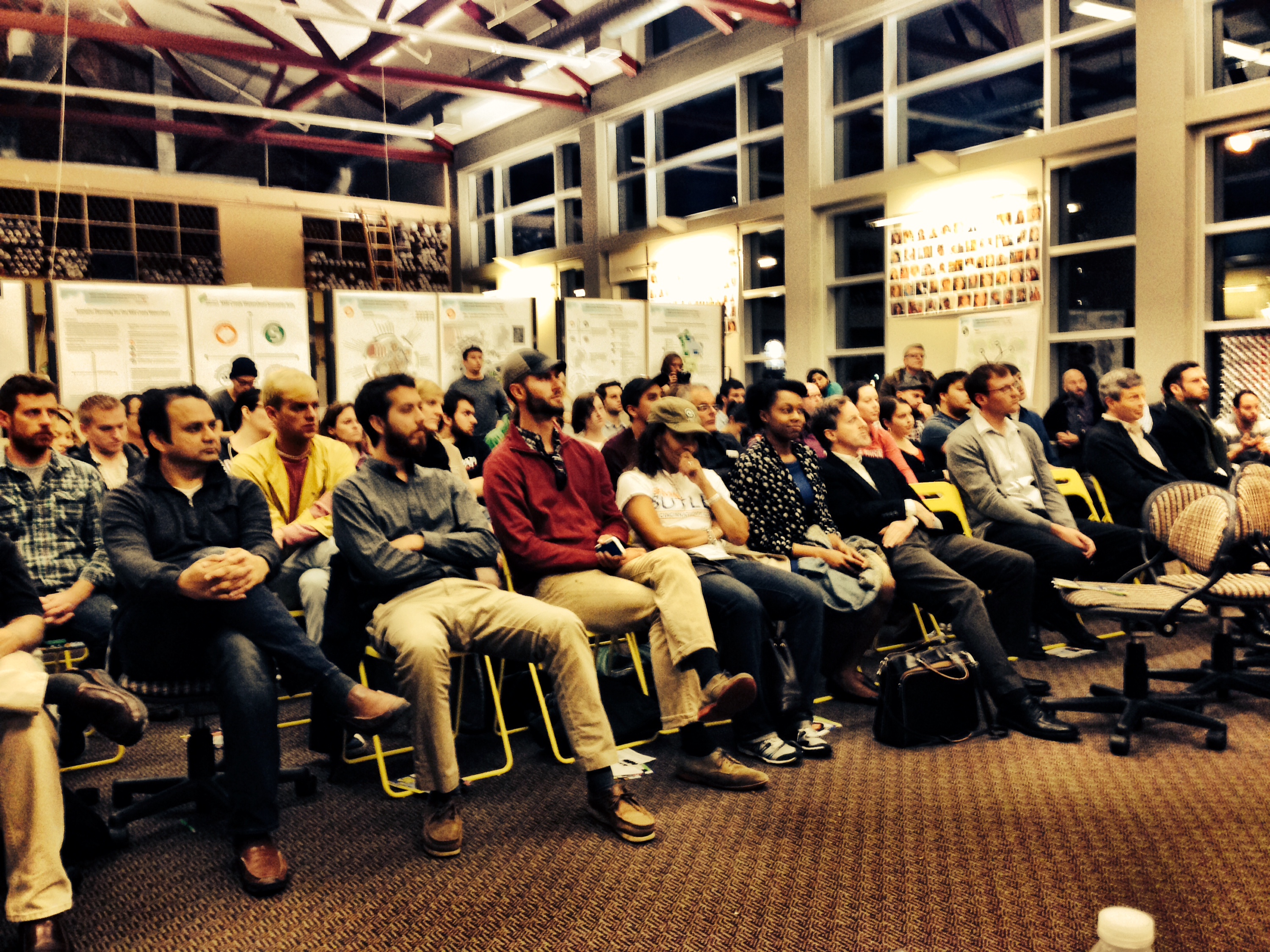The Cincinnati region struggles with attracting immigrants, even when compared with other nearby metros like Cleveland, Indianapolis or Louisville. X-LINK, an initiative from the Williams College of Business at Xavier University, has launched a program that its organizers hope will be a small step toward fixing that problem.
In partnership with the Cincinnati Hispanic Chamber of Commerce and the Greater Cincinnati Independent Business Alliance, Xavier University is starting LaunchCincy Juntos, a series of entrepreneurship workshops in Spanish (“Juntos” is the Spanish word for “together” or “united”) aimed at helping immigrants foster their ideas for starting a new business.
The group has organized four workshops to-date, with three having already taken place. Two were held in Price Hill and the third was held in Madisonville. The fourth planned workshop will take place in Norwood on June 14, and organizers say that more will follow suit.
Translated from English to Spanish by three undergraduates at Xavier University – Gali Zummar, Ronal Vieira, and Laura Forero – the first of these four workshops lit the flame for certain business ideas, and attendees were given specific assignments to develop their ideas further before their next class.
Noting that immigrants are more than twice as likely to start a business as native-born Americans, and currently lead the nation in terms of business creation, Xavier University and its partners say they want to reach out to the Latino community in Cincinnati to help create a better environment for Spanish-speakers to get their ideas onto paper and, hopefully, into business.
With immigration from Spanish-speaking nations maintaining its steady flow into the United States, Spanish is increasingly important for every aspect of American society, including business.
One example where Cincinnati’s struggles became quite clear was the relocation of Chiquita’s headquarters in November 2011. In addition to poor air service, Chiquita management cited the lack of Spanish-speaking professionals in the region as compared to Charlotte.
“Only 5% of the population speaks another language, which is very low, however 5% of two million is 100,000 people,” Alfonso Cornejo, President of the Cincinnati Hispanic Chamber, exclaimed during Episode 18 of The UrbanCincy Podcast when describing a new initiative focused on addressing this issue called Cincy Bilingual Talent. “If you can capture 3% of those 5% of them, then we’ll have thousands of people in the system who speak a lot of languages.”
X-Link plans to expand their Spanish-speaking program into Carthage this fall, in partnership with the Catholic Charities of Southwest Ohio and Su Casa Hispanic Ministries.
